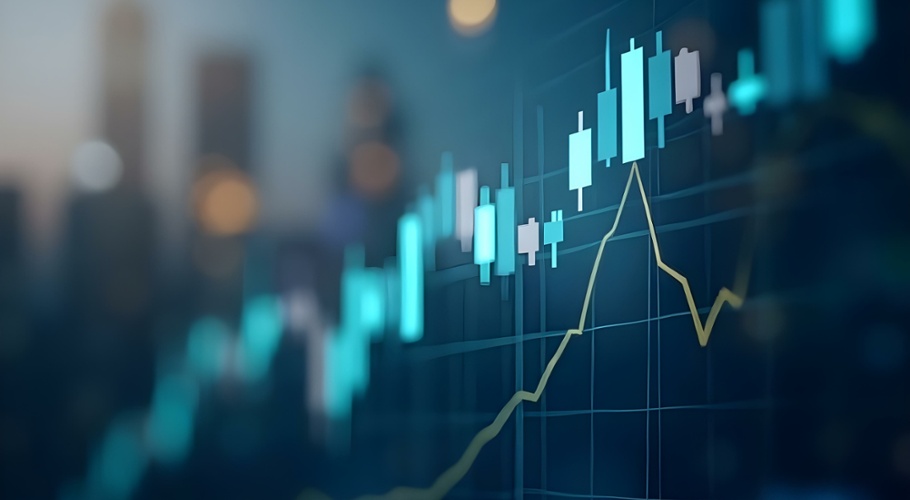Inside the SPAC hype: What investors need to know
Markets across the world are experiencing a boom in SPACs - a Special Purpose Acquisition Company. Branded as blank-cheque companies, the overseas enthusiasm for these companies remains robust in 2021, and while there are no signs that Australia is about to embrace blank-cheque companies, there are some cautionary lessons for local investors investing offshore.
A SPAC is a way for a company to raise capital via an initial public offering (IPO) and then use that capital to buy private businesses.
New issuance of SPACs overseas has skyrocketed over the past year with over $US75 billion issued in 2020, almost seven times more than in 2019.
Research from PitchBook, a Morningstar company, highlights a vibrant SPAC sector with the strategy proving popular in the US in particular.
SPACs gained favour amid the market volatility and price falls in early 2020, which made IPOs and direct listings tricky for the majority of private companies.
PitchBook research notes that, unlike SPACs, direct listings do not allow private companies to raise any new capital during their transition to the public markets, which presents a problem for many start-ups given the "elongated economic ambiguity" that was driven by the COVID-19 pandemic.
While SPACs are proving advantageous for US businesses to raise money, they have also proved to be popular with retail investors. Big celebrity names including Serena Williams and Jay-Z have backed these structures with its popularity in the US also driven by the Robinhood trading app.
A number of SPAC-focused exchange-traded funds (ETFs) have already launched in the US. Morgan Creek Capital Management and Exos Financial launched 2021's first and third SPAC ETF overall.
And according to PitchBook data, it seems that the enthusiam is also being embraced in Europe. In 2021, 293 SPACs have gone public in the US, raising a total of €15.8 billion ($24.9 billion). Europe has logged 17 listings in 2021, but that figure represents an increase from 12 deals last year and just one in 2019.
Despite the recent surge in SPACs, these companies have had a mixed market track record. SPACs were big in 2007, just before the global credit market crisis, which suggests that they could be a market phenomenon in frothy markets.
How do SPACs work?
SPACs have been described in countless media articles as 'blank cheque' companies. Pitchbook describes SPACs as large "boxes of money, that necessitates a much lower level of diligence than a similarly sized IPO of an operating entity since there are no financial statements to scrutinise."
Morningstar chief US market strategist Dave Sekera puts it more bluntly, highlighting that SPACs don't have any business operations to start with. Rather the purpose of SPACs is to raise a "blind pool of capital" by creating a shell of a public company.
"The SPAC's sponsor will then search for a private company looking for capital that also has an interest in going public," Sekera said in a note.
"The sponsor will negotiate to make an equity investment in the target company and use that equity investment to essentially conduct a reverse merger, thereby taking the target private company public," he said. "Usually, the investors in the private company will end up being the majority shareholders in the merged entity."
In "this roundabout way", Sekera adds that the private company can raise capital and go public without going through the typical Securities and Exchange Commission (SEC) regulatory process.
SPACs vs IPOs
According to a Morningstar analyst, there are three main benefits for a private company to go public through this process as opposed to the traditional IPO route.
A private company has the certainty of knowing its valuation prior to selling equity, and the process is quicker compared with a typical IPO. Private companies are also able to provide investors with more information such as projections and forward-looking statements, which are not allowed during the traditional IPO process.
Risky business
SPACs were a part of the Australian market back in the 1980s. Retail guru Solomon Lew's Premier Investments was the last SPAC to list in 1987. However, at this stage, SPACs are yet to re-launch in Australia.
To date, the Australian Securities Exchange (ASX) and corporate regulator, the Australian Securities and Investments Commission (ASIC), are yet to greenlight these vehicles.
Australian-based Morningstar analysts are cautious about the investor benefits of SPACs. Morningstar analyst Nathan Zaia prefers transparency in investing.
"When I invest my money, I like to know where my money is going first, so I can make a call on the risk and return trade-off. I need to understand the company's competitive position or their growth potential," Zaia said.
"By investing in a SPAC, you are simply trusting someone else to make that decision, and who is to say they have the same risk tolerance or investment time horizon? Even with the option of redeeming your money if you don't like the proposed deal, it means you have had your money tied up, so there is an opportunity cost tied to that," Zaia added.
According to Australian-based Morningstar investment specialist Shani Jayamanne, it is unlikely Australian investors will get a taste of the SPAC boom, particularly based on experience.
In fact, by the end of the 1980s, the ASX brought in regulations that banned listings where cash is more than 50% of the assets.
"The history of SPAC-like endeavours has been muddy, so the ASX is unlikely to repeal regulations without justification," Jayamanne said.
"Investors looking for returns in a low-interest rate environment just won't be enough of a reason for the regulatory body to relax these regulations," Jayamanne added.
Moreover, Jayamanne highlights that the retail interest has recently cooled in the US.
"SPACs have delivered poor outcomes for investors - underperforming the S&P 500 significantly in the last year and listings have slowed, so it's unlikely that the ASX will fold to demand pressures for SPACs in the Aussie market."

